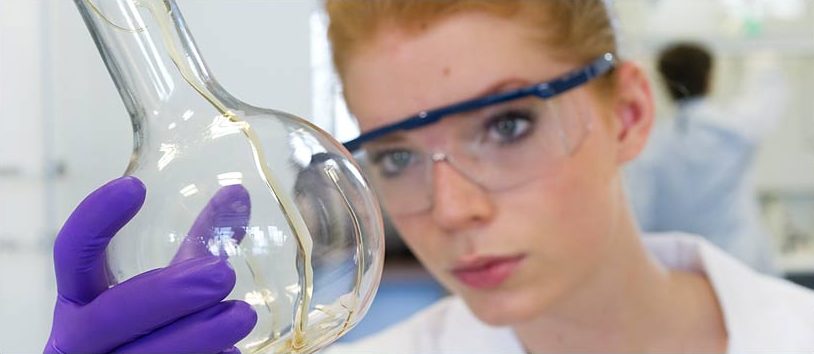Organic residue
The organic substances include the compounds which contain carbon. Organic compounds are often very large, complex molecules.
What removes peptides/proteins?
Alkaline cleaning agents with active chlorine lead to a reduction of the proteins making it easier to remove the soiling.
What removes carbohydrates/polysaccharides?
Highly alkaline cleaning agents cause carbohydrates to swell up and lead to their breakdown and thus to easier cleaning of this type of soiling.
What removes fats/oils?
Alkaline cleaning agents with or without detergent are used depending on the type of fat. Plant oils and fats can be hydrolysed by alkaline cleaning agents. For fats which cannot be hydrolysed such as mineral oils alkaline cleaning agents which contain detergent have an emulsifying effect and thus lead to easier removal of the soiling.
What removes organic colourings, pigment residues and felt tip residues?
Highly alkaline cleaning agents or cleaning agents which contain detergent or active chlorine may be used depending on the type of contamination. Products which contain active chlorine destroy coloured molecules and thus ensure decolouration/bleaching and easier removal of the soiling. Cleaning agents which contain detergent emulsify coloured pigments for example and thus lead to a removal of the soiling. Felt tip residues can be removed effectively with highly alkaline cleaning agents.
What removes resins and paraffins?
Highly alkaline cleaning agents (pH > 12) with detergents and/or dispersants where appropriate.
There are various types of resins which can be removed by different cleaning agents depending on the resin type. Resin contaminations tend to be stubborn contaminations. Paraffins are not water soluble but can be brought into solution with detergents / dispersants and removed.

